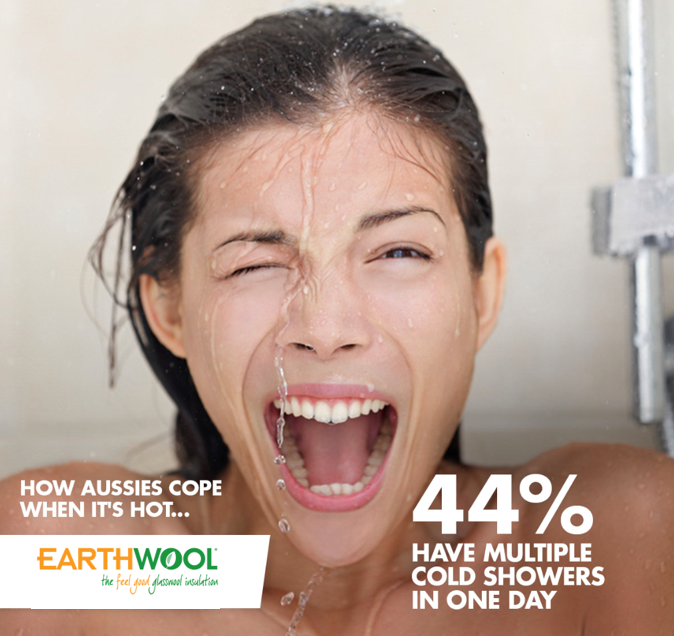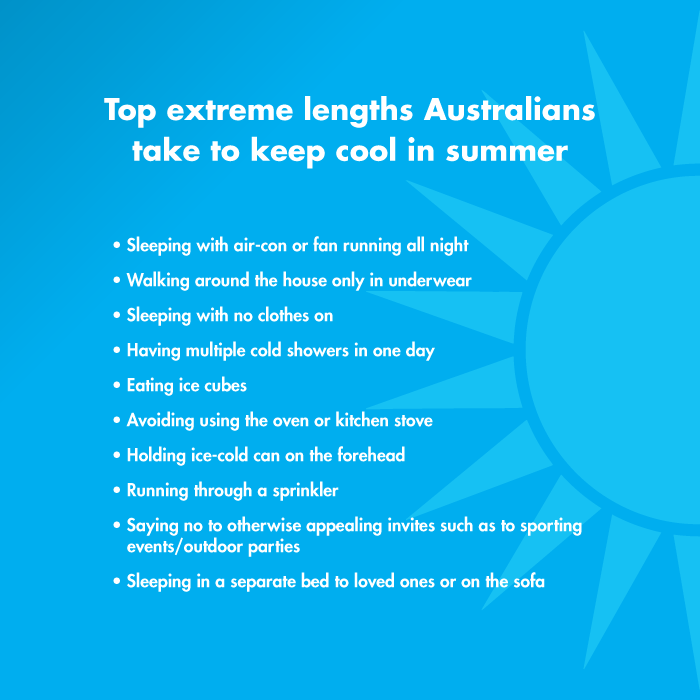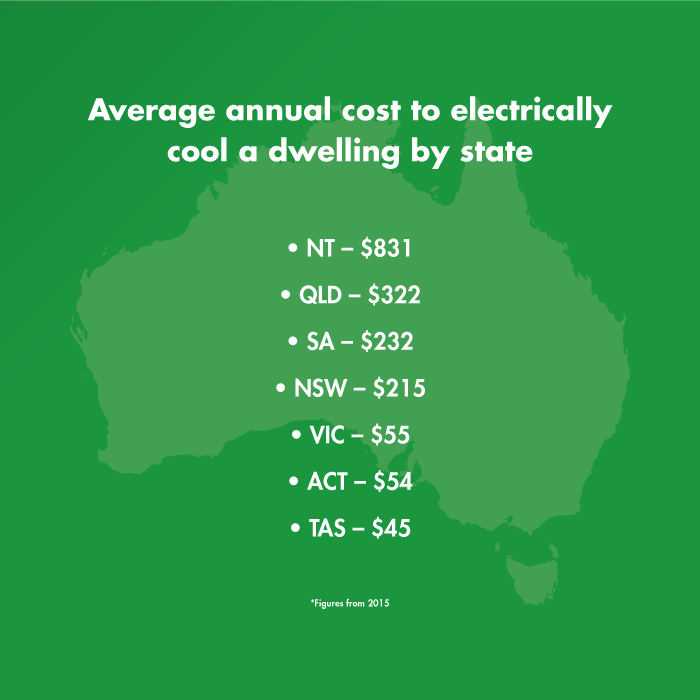Aussies Go To Extreme Lengths To Stay Cool In Summer

- Households spend over $2.5 billion each year on cooling and heating their homes
- 1 in 2 Australians have to make lifestyle sacrifices due to rising bills, including half of those not being able to afford holidays
As we are in the peak of summer we are revisiting some research from 2015 that uncovered the techniques Aussies use to keep cool in their homes. Do you relate to any of these methods?
Research* revealed Aussies will go to extreme lengths to stay cool in the summer, with almost half admitting to walking around the house in nothing but underwear during summer heatwaves. It was also shown to affect the bedroom, with 1 in 2 deciding to sleep naked and a frosty 1 in 5 refusing to share the same bed as their partners when it gets too hot.
The most popular method to stay cool, however, is also the most costly. Over 80% of Australians leave the fan or air conditioner on all night, which is needlessly costing billions of dollars each year. Since 2000, the percentage of electricity used for cooling homes has doubled, with around 8.5 million air conditioners now installed in Australian residences – that’s an average of one per home. In fact, households spend over $2.5 billion each year on energy to cool and heat their homes and yet 75% still say they feel uncomfortable during the peak of summer and winter temperatures.
Where you live will also drastically effected how much was spent on heating and cooling the home. At the top end of the scale, NT homes spent an alarming $831 dollars on average per year cooling their homes with Darwin air conditioners running for around 2000 hours in a season.
Home insulation (in ceiling, walls and under floors) has been shown to be the most cost-effective way to reduce household energy bills, on average by $450** each year. Without adequate levels of insulation, the hot air outside will enter the home and warm up the cool air generated by an air conditioner, wasting the money spent on it. Figures showed that out of the 9 million homes in Australia, 1.2 million still don’t have insulation and a further 1.6 million households are unsure whether they have it or not. That’s a lot of energy wasted.
Commenting, Claire Cunliffe marketing manager at Knauf Insulation Australia said: “Australia has one of the most extreme climates in the world. Many people who depend on air conditioning to keep cool and gas to stay warm don’t realise that inadequate levels of insulation mean higher energy bills. As a consequence, many families feel the pinch. Our research showed that rising energy costs have effected 1 in 2 Australians, with two-thirds having to cut back on meals out and half not being able to afford holidays.”

